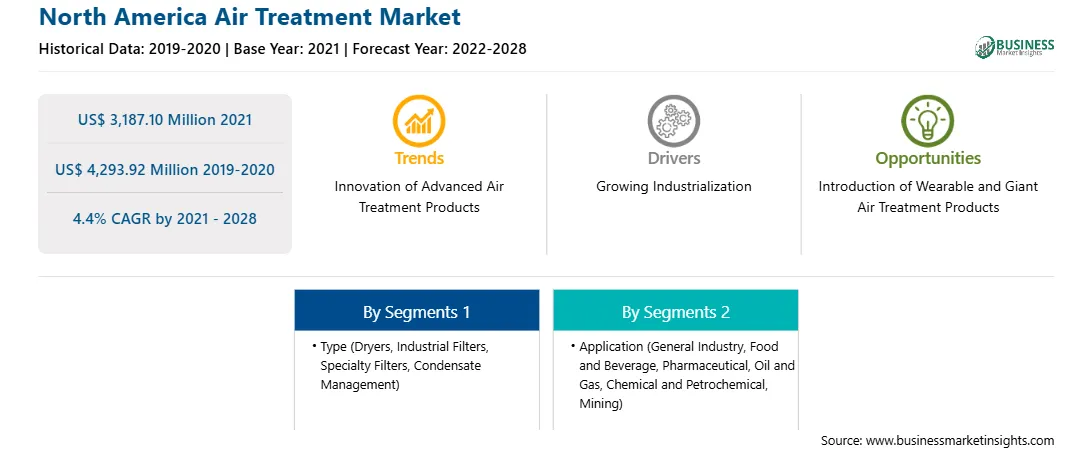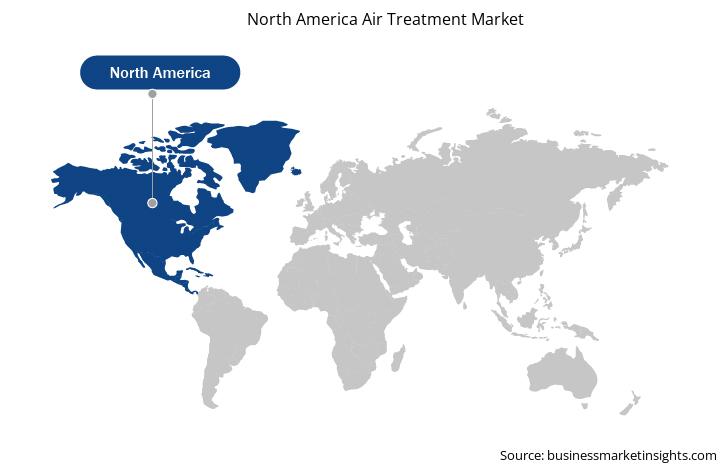Air pollution is the most serious issue, caused by smoke and fumes produced by burning fossil fuels. The US Environmental Protection Agency (EPA) controls more than 80 different poisons found in industrial pollution, ranging from asbestos and dioxin to lead and chromium. Despite these limitations, the industrial sectror is among the world's most polluting sources of air pollution. In the last few years, urbanization and manufacturing have unleashed a variety of environmental pollutants into the atmosphere. Since the start of the Great Acceleration, from the second half of the 20th century, an extensive rise in the emission of pollutants has profoundly altered the composition of the atmosphere and worsened air quality at global, regional, and local scales. However, due to the limited availability of air quality data, in terms of both space and time, the chronic effects of long-term exposure to air pollution on the health of urban populations are undetermined. In line with this, many authorities are focused on managing air pollution by enacting new stringent rules and standards for indoor air quality, which is expected to propel the air treatment market growth throughout the forecast period.Moreover, government authorities and nongovernmental organizations (NGOs) in various countries are making efforts to control air pollution, which is likely to promote market growth during the forecast period. Some of the most common air treatment and pollution prevention technologies are incinerators, gravitational settling chambers, electrostatic precipitators, cyclone separators, selective catalytic reduction systems, filters, biofilters, and scrubbers in industries. Air treatment using a wide range of air pollution control devices to prevent their adverse effects on the environment and human health is bolstering the market's growth. Rapid industrialization is leading to significant growth in industrial exhaust and emissions. Therefore, the benefits offered by filters and other air treatment systems—including extracting fine dust and industrial air that pose a health risk to people in various industries, such as agriculture, healthcare, and manufacturing—are propelling their demand in the industrial processes.
With new features and technologies, vendors attract new customers and expand their footprints in emerging markets. This factor is likely to drive the North America air treatment market at a substantial CAGR during the forecast period.
Strategic insights for the North America Air Treatment provides data-driven analysis of the industry landscape, including current trends, key players, and regional nuances. These insights offer actionable recommendations, enabling readers to differentiate themselves from competitors by identifying untapped segments or developing unique value propositions. Leveraging data analytics, these insights help industry players anticipate the market shifts, whether investors, manufacturers, or other stakeholders. A future-oriented perspective is essential, helping stakeholders anticipate market shifts and position themselves for long-term success in this dynamic region. Ultimately, effective strategic insights empower readers to make informed decisions that drive profitability and achieve their business objectives within the market.

| Report Attribute | Details |
|---|---|
| Market size in 2021 | US$ 3,187.10 Million |
| Market Size by 2028 | US$ 4,293.92 Million |
| Global CAGR (2021 - 2028) | 4.4% |
| Historical Data | 2019-2020 |
| Forecast period | 2022-2028 |
| Segments Covered |
By Type
|
| Regions and Countries Covered | North America
|
| Market leaders and key company profiles |
The geographic scope of the North America Air Treatment refers to the specific areas in which a business operates and competes. Understanding local distinctions, such as diverse consumer preferences (e.g., demand for specific plug types or battery backup durations), varying economic conditions, and regulatory environments, is crucial for tailoring strategies to specific markets. Businesses can expand their reach by identifying underserved areas or adapting their offerings to meet local demands. A clear market focus allows for more effective resource allocation, targeted marketing campaigns, and better positioning against local competitors, ultimately driving growth in those targeted areas.

North America Air Treatment Market Segmentation
The North America air treatment market is segmented based on type, application, and country. Based on type, the market is segmented into dryers, industrial filters, specialty filters, and condensate management. In 2020, the industrial filters segment held the largest share of the market; and the dryers segment is expected to register the highest CAGR during the forecast period. Based on dryers, the market is segmented into refrigerant, adsorption, membrane, and deliquescent. In 2020, the refrigerant segment held the largest share; and the membrane segment is expected to register the highest CAGR during the forecast period. Based on industrial filters, the market is segmented into adsorber/oil vapor removal, coalescing, particulate, and moisture separators. In 2020, the particulate segment held the largest share; and the coalescing segment is expected to register the highest CAGR during the forecast period. Based on specialty filters, the market is segmented into stainless steel, sterile, silicone free, high pressure, high temperature, antibacterial, and absolute filters. In 2020, the high temperature segment held the largest share of the market; and the sterile segment is expected to register the highest CAGR during the forecast period. Based on specialty filters, the market is segmented into aftercoolers, oil water separators, and drains. In 2020, the drains segment held the largest share of the market; and the aftercoolers segment is expected to register the highest CAGR during the forecast period. Based on application, the market is segmented into general industry, food and beverage, pharmaceutical, oil and gas, chemical and petrochemical, and mining. In 2020, the pharmaceutical segment held the largest share of the market; and the general industry segment is expected to register the highest CAGR during the forecast period. Further, based on country, the North America air treatment market is segmented into the US, Canada, and Mexico. In 2020, the US held the largest market share; and it is also expected to grow at the fastest CAGR during the forecast period.
Beko Technologies; Donaldson Company, Inc.; Friulair Srl; Ingersoll Rand Inc.; KAESAR KOMPRESSOREN; Mikropor; OMEGA AIR d.o.o. Ljubljana; ORION Electronics Ltd.; SPX FLOW, Inc.; and Xebec Adsorption Inc. are among the leading companies in the North America air treatment market.
The North America Air Treatment Market is valued at US$ 3,187.10 Million in 2021, it is projected to reach US$ 4,293.92 Million by 2028.
As per our report North America Air Treatment Market, the market size is valued at US$ 3,187.10 Million in 2021, projecting it to reach US$ 4,293.92 Million by 2028. This translates to a CAGR of approximately 4.4% during the forecast period.
The North America Air Treatment Market report typically cover these key segments-
The historic period, base year, and forecast period can vary slightly depending on the specific market research report. However, for the North America Air Treatment Market report:
The North America Air Treatment Market is populated by several key players, each contributing to its growth and innovation. Some of the major players include:
The North America Air Treatment Market report is valuable for diverse stakeholders, including:
Essentially, anyone involved in or considering involvement in the North America Air Treatment Market value chain can benefit from the information contained in a comprehensive market report.